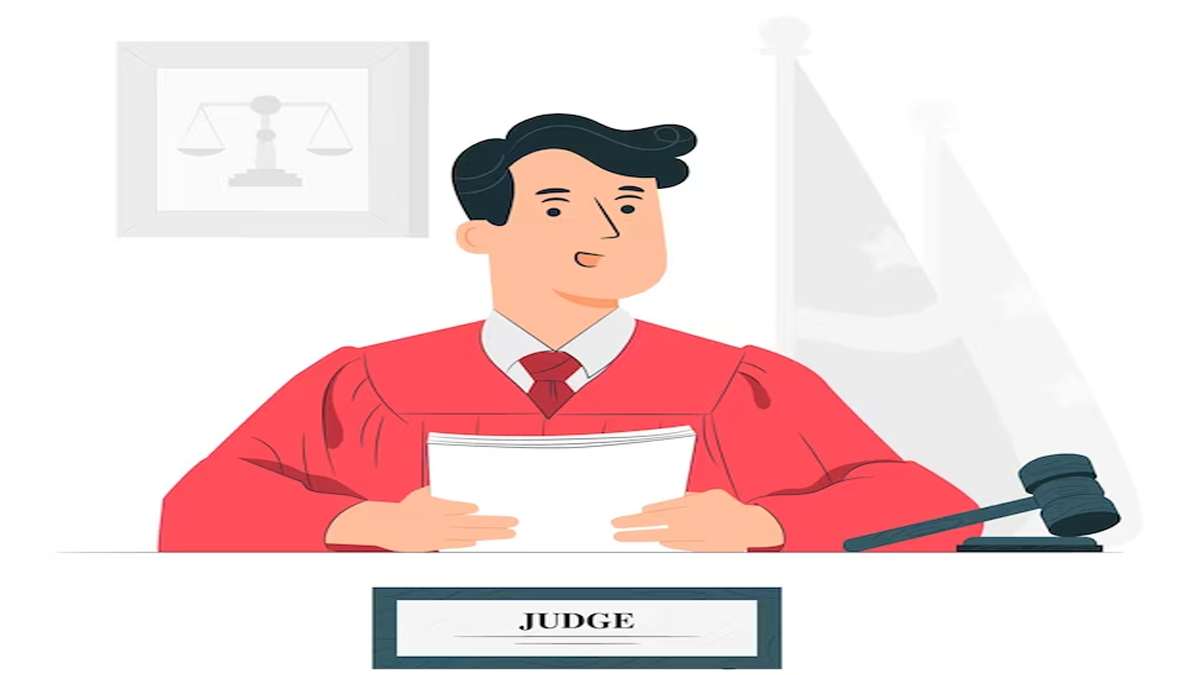Background and Facts:
The case revolved around the abduction of four diamond merchants and Shri Kulkarni, the respondent, in Delhi in September 1991. The Central Bureau of Investigation (CBI) was tasked with the investigation. Shri Kulkarni was detained on October 4, 1991, and presented before the Chief Metropolitan Magistrate on October 5, 1991, for judicial detention. A test identification parade was conducted on October 10, 1991, but Shri Kulkarni refused to cooperate, leading to his hospitalization until October 21, 1991. Subsequently, he was remanded to judicial custody.
The CBI sought police custody for Shri Kulkarni, but the Chief Metropolitan Magistrate relied on a Delhi High Court decision and granted him bail, despite the fact that the abducted persons did not implicate him. The issue before the Supreme Court included whether a person could be remanded to police custody after the initial 15-day period and whether the accused could be detained again in police custody for a different offense arising from the same incident.
Key Provisions:
- Section 167 CrPC: This section limits the detention of an accused person without a charge sheet to 24 hours, extendable to 15 days in police custody and further extendable up to 90 or 60 days, depending on the nature of the case.
- Section 57 CrPC: It sets the time limit for detaining an arrested person without a warrant to 24 hours and requires the person to be brought before the magistrate.
- Section 344 CrPC: This section deals with summary procedures for trial in cases of giving false evidence.
- Section 309 CrPC: It relates to custody during trial and allows for the remand of an accused to custody after the filing of a charge sheet.
Issues Analyzed:
- Extension of Police Custody: The primary issue was whether a person could be remanded to police custody after the initial 15-day period specified in Section 167 CrPC. The Supreme Court clarified that after the initial 15 days, further remand must be in judicial custody, and police custody is not permissible.
- Detention in Different Cases: Another issue addressed was whether an accused could be detained in police custody for a different offense arising from the same incident after the initial 15 days. The Court affirmed that such detention is permissible as long as it relates to a distinct case emerging from a separate transaction. Therefore, the bar on police custody after 15 days does not apply in this context.
Judicial Analysis:
The Supreme Court’s decision was grounded in a careful analysis of relevant provisions, legal precedents, and the practical implications of the law. The Court emphasized that the purpose of Section 167 CrPC is to prevent prolonged detention without charges and to ensure that investigations proceed promptly. The initial 15-day period is crucial, but it does not preclude the possibility of judicial custody thereafter.
The Court also made it clear that if the investigation is not concluded within 90 or 60 days, as specified in Section 167(2) CrPC, the accused must be released on bail. This period is calculated from the date of the initial incarceration and not the date of arrest.
Furthermore, the Court held that the bar on police custody after 15 days does not apply when the accused is involved in a different case stemming from a separate transaction. This interpretation allows for flexibility in investigations while still safeguarding the rights of the accused.
Conclusion:
The Supreme Court’s judgment in CBI v. Anupam J. Kulkarni provides essential clarity on the duration and nature of custody in criminal cases. It underscores the importance of the initial 15-day period, after which further remand must be in judicial custody. However, the judgment also recognizes the need for flexibility in investigations, permitting police custody in different cases arising from distinct transactions. This decision strikes a balance between safeguarding the rights of the accused and facilitating effective law enforcement.
